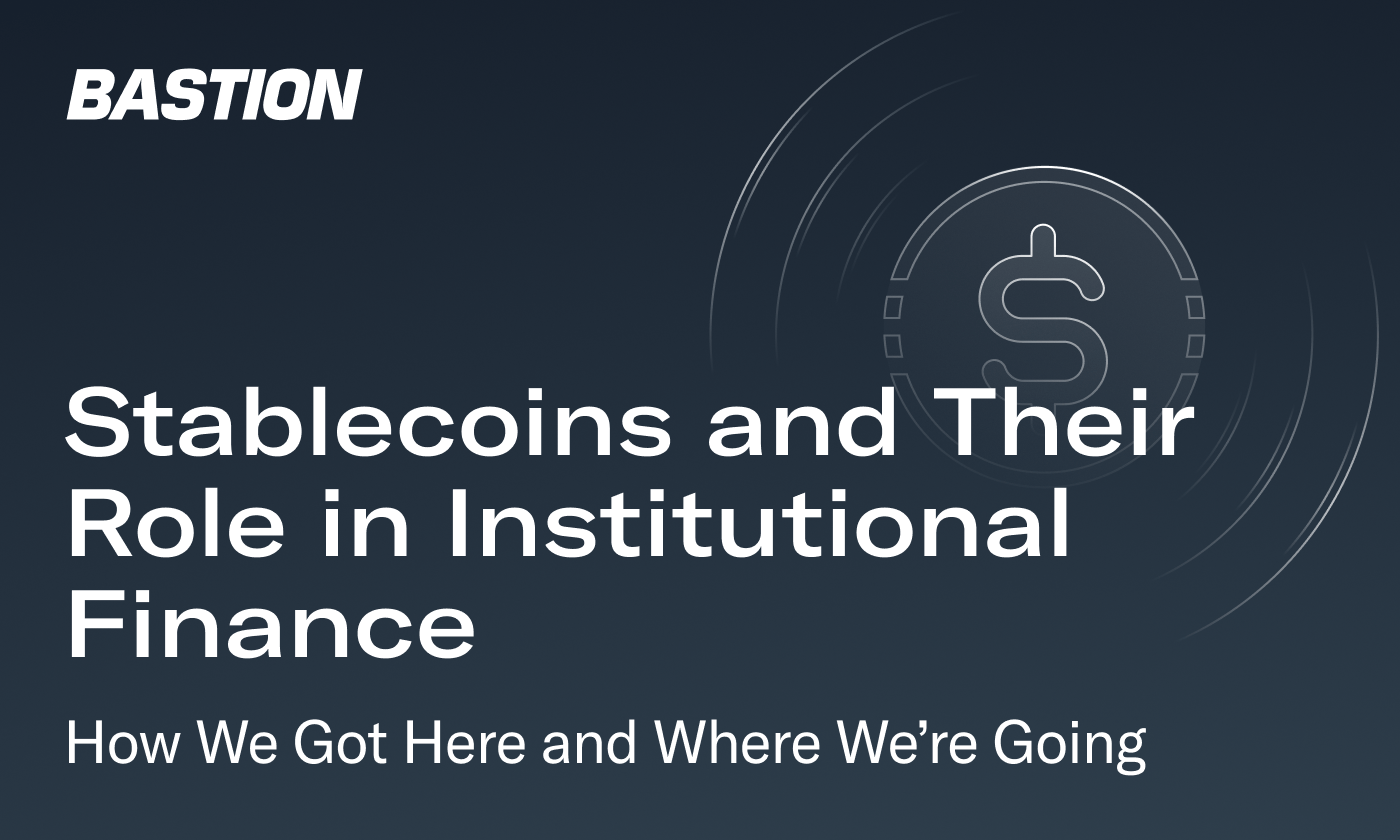
Stablecoins have evolved from a niche tool used in crypto trading to a legitimate financial instrument being integrated into global finance. For years, their adoption was hindered by market instability, regulatory uncertainty, and unproven business applications. Today, that has changed—stablecoins are now at the center of institutional finance, with regulatory frameworks emerging, enterprise adoption increasing, and major financial institutions like JPMorgan and Bank of America entering the space.
The Senate Banking Committee has prioritized stablecoin legislation, backing "lawful and legitimate dollar-backed stablecoins" while proposing a permanent ban on central bank digital currencies (CBDCs), aiming to ensure that stablecoins remain aligned with U.S. financial priorities. The stability and regulation of fiat-backed stablecoins now make them an attractive tool for businesses looking to modernize payments, improve treasury efficiency, and reduce reliance on outdated banking systems.
The Evolution of Stablecoin Adoption: How the Market Found What Works
Stablecoins were not always designed with enterprises in mind. The market experimented with different models, and each phase tested financial infrastructure, risk management, and regulatory feasibility.
2014–2017: The First Stablecoins – Built for Crypto Trading
The earliest stablecoins were designed primarily for crypto traders who needed a stable asset to hedge against volatility without leaving digital asset markets. While early fiat-backed stablecoins were entering the ecosystem—such as Realcoin, later rebranded to Tether—many other experimental tokens were also prevalent in this early phase. For example, crypto-backed stablecoins like BitUSD, launched in 2014, attempted to maintain price stability through overcollateralization but struggled to maintain trust and long-term viability.
While these early stablecoins worked well within the crypto ecosystem, they proved inefficient for broader financial applications due to their reliance on volatile digital assets as collateral or lack of transparency in reserves.
2018–2020: The Rise of Fiat-Backed Stablecoins – Reliability Over Experimentation
As the limitations of crypto-backed models became evident, the market shifted toward supporting more fiat-backed stablecoins that could offer 1:1 redemption with traditional currencies. This model was introduced by Tether in 2014 and became the foundation for modern fiat-backed stablecoins, providing greater trust, regulatory alignment, and mainstream acceptance. As stablecoins became easier to integrate into financial services, Tether remained dominant, but Circle introduced USDC in 2018, further expanding institutional adoption and reinforcing the fiat-backed model as the industry standard.
This was also when institutions began to take notice, with JPMorgan launching JPM Coin in 2020 as a stablecoin for interbank settlement.
2020–2023: Algorithmic Stablecoins and Market Failures
In an attempt to create stablecoins without collateral backing, some projects introduced algorithmic stablecoins, which relied on market incentives and arbitrage mechanisms to maintain price stability.
However, major failures like Terra’s UST in 2022 showed that without tangible reserves, algorithmic stablecoins were highly susceptible to collapse. This event reinforced the need for fiat-backed reserves and regulatory oversight.
2024–Present: The Institutionalization of Stablecoins & Why Now is the Perfect Time
By 2024, fiat-backed stablecoins had become the dominant model. Financial institutions and enterprises recognized them as the most reliable and scalable option.
- Bank of America is exploring stablecoin issuance in anticipation of U.S. regulation.
- PayPal is expanding PYUSD into global vendor payments and small business finance.
- The U.S. government is formalizing stablecoin regulation, pushing for reserve-backed, transparent models.
Why Now?
Regulatory frameworks around stablecoins are finally catching up, providing much-needed clarity for enterprises that have been hesitant to engage with digital assets. Businesses that act now can take advantage of lower transaction costs, faster settlement times, and improved liquidity—gaining an edge over competitors still relying on outdated financial infrastructure. Additionally, the presence of established financial institutions and regulated infrastructure partners makes integrating stablecoins into existing financial systems far more accessible than ever before.
How Enterprises & Institutions Can Leverage Stablecoins
With these advancements, stablecoins are no longer just an experimental asset—they are a practical tool solving real problems for businesses. They streamline payments, improve treasury management, and enhance liquidity, making them an essential tool for businesses looking to increase financial efficiency.
One of the most immediate benefits is instant settlement, allowing businesses to finalize transactions in seconds rather than waiting days for bank processing. This is particularly valuable in cross-border payments, where traditional methods are slow and expensive. By eliminating intermediaries, stablecoins reduce transaction fees and foreign exchange costs, making payments more efficient.
Beyond payments, stablecoins introduce programmability—a feature that allows businesses to automate financial operations, such as escrow settlements, conditional payments, and treasury management. Companies can also use stablecoins for liquidity optimization, ensuring real-time access to working capital without delays from traditional banking infrastructure.
With increasing regulatory clarity and a growing number of enterprise-grade stablecoin solutions, businesses now have a clearer path to integrating stablecoins into their financial strategies. The focus has shifted from whether stablecoins will play a role in institutional finance to how companies can best leverage them to enhance efficiency and reduce costs.
The Road Ahead: Where Stablecoins Fit Into Enterprise Finance
Stablecoins have moved beyond their origins as crypto-native assets and are now positioned as core financial instruments in institutional finance. Their adoption is accelerating, and the next phase will determine their role in global business operations. The question is no longer whether stablecoins will become part of financial systems, but how they will be integrated effectively.
For enterprises, this presents a critical decision: Will they issue their own stablecoins to gain control over liquidity and payments, or will they rely on third-party issuers to provide financial infrastructure? The answer will shape how businesses leverage stablecoins for everything from cross-border transactions to treasury management.
At the same time, the path forward will be shaped by how stablecoins integrate with existing financial systems and whether regulatory clarity continues to support their expansion. Governments worldwide are moving toward stricter oversight, which will determine how seamlessly stablecoins fit into banking, payments, and capital markets.
Stablecoins are no longer an experiment—they are a tested financial innovation that is entering the next stage of institutional growth, and enterprises that prepare now will be best positioned to capitalize on their potential.
